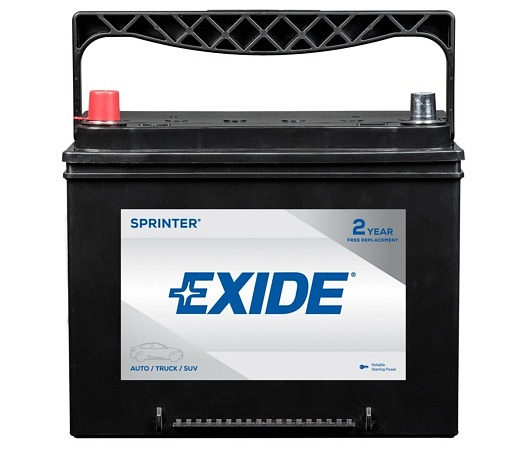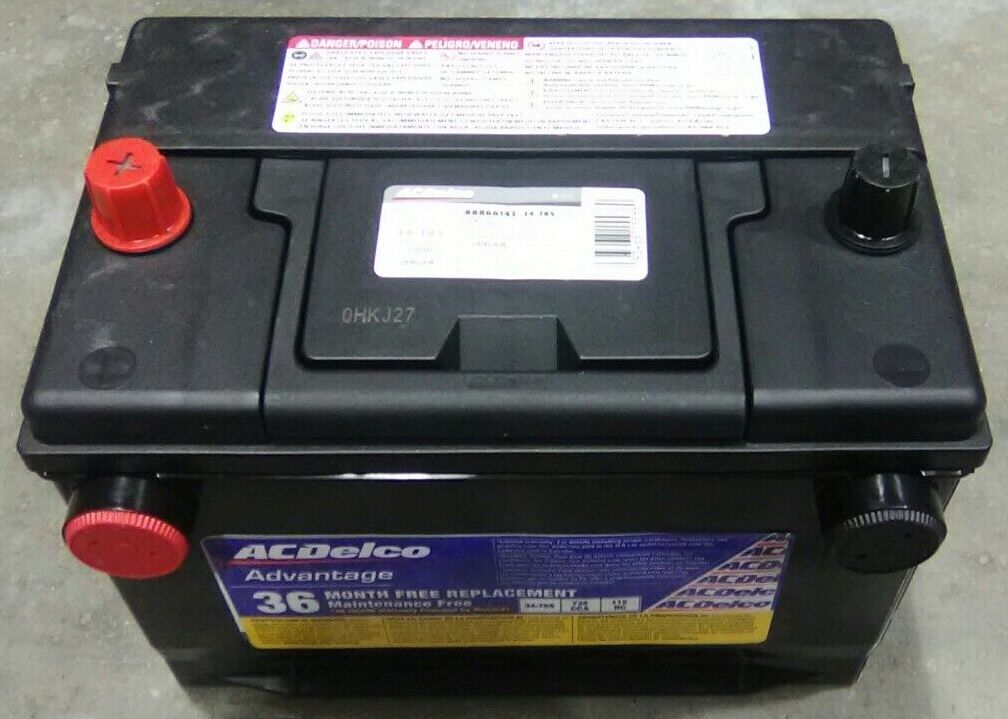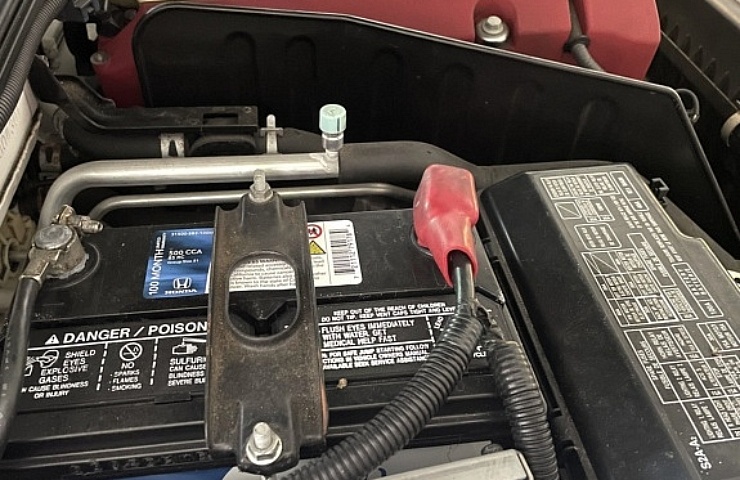Contents
Have you noticed that starting your car takes a few seconds longer than usual? Or have you seen your headlights flicker, especially at idle? These could be early signs of battery failure. Act quickly to avoid getting stranded by a dead battery.
The first step in buying a new battery is to check a battery group size chart to determine which battery will fit in your vehicle. In addition to battery sizes, the chart will also confirm the correct type of terminals and battery cables.
Fortunately, car battery size charts are easy to understand and widely available, and will guide you to the correct battery, without fail.

The most common battery groups and dimensions, See complete chart.
Battery Group Size
The Battery Council International (BCI) is a trade association of battery manufacturers. BCI establishes the group size specifications for all vehicle batteries. For example, if your old battery falls within Group 24, any battery from any vendor in Group 24 will fit your vehicle.
In addition to the chart, eBay Motors offers a robust fitment feature for all automotive parts. To check if a battery fits your specific make and model, use the fitments tools in eBay’s My Garage.
Battery Dimensions

Many batteries will offer connections only via the top posts.
A critical factor for battery size is the unit’s physical dimensions. The height, width, and depth are measured to verify the appropriate group size. You might find that your vehicle offers room for a larger battery, but exercise caution when changing from one group size to another.
Your battery must provide enough power to start your car, and the terminals must be the right type and in the correct location. When in doubt, check the owner’s manual to see what battery group the manufacturer recommends.
Terminal Positions

Some manufacturers will offer a battery that has both top and side terminals.
Besides the battery’s physical dimensions, the group size chart tracks whether the battery terminals are on the top or the side. Many car batteries have terminals on the top with metal posts for connecting the car’s electrical cables.

A specific bolt is used with side-terminal batteries.
A side-post terminal battery has connections on the side instead of clamps on top. A side terminal battery typically requires a bolt that connects via a battery cable.
Some European imports have a recessed top terminal. With these, ensure that the car’s existing cable reaches the replacement battery.
While some hacks enable a top-post battery to work in a side-terminal vehicle, it’s more work than it’s worth. It is far easier to make sure that you select a battery from the correct size group. That said, some vendors offer a battery with both side and top terminals so it can fit in both vehicle layouts.
Cold Cranking Amps (CCA)
Another battery variable is power, indicated by cold cranking amps (CCA). The CCA is determined by how much power the battery offers for 30 seconds at 0 degrees Fahrenheit. The higher the number, the more power is available. Typically a car with more cylinders needs more power to start the engine.
Here’s the bottom line: If you use an official battery size chart, you can rest assured that a battery purchased on eBay will be the right match for your vehicle.





